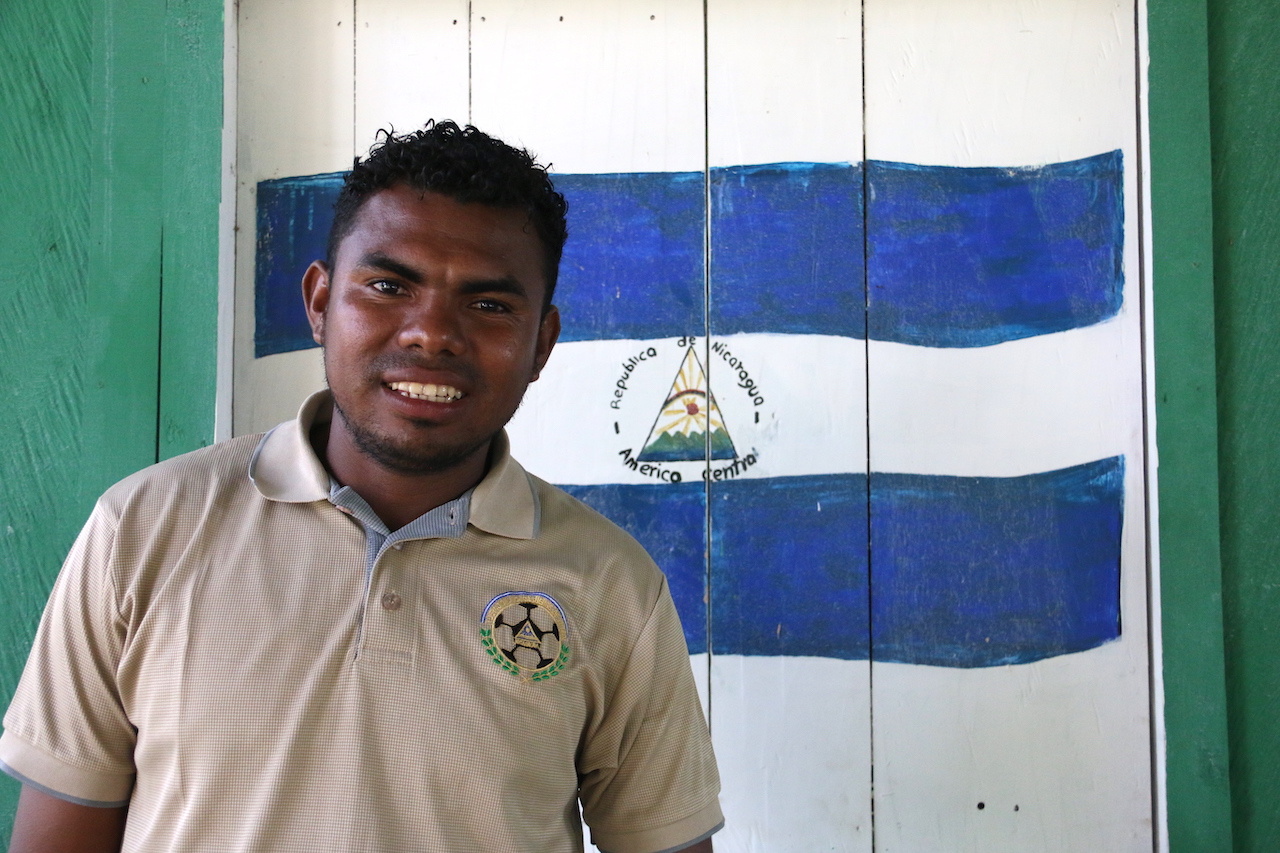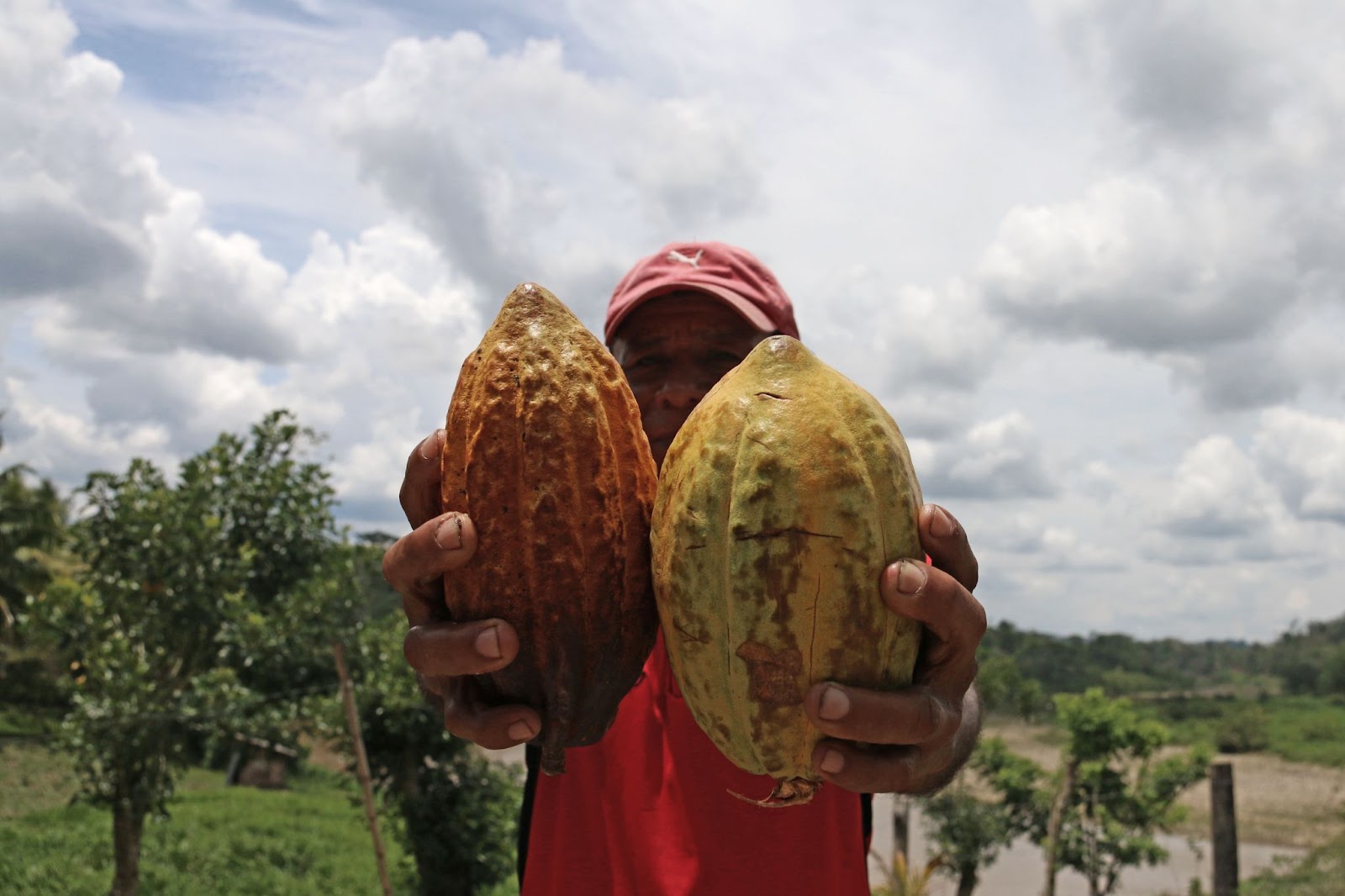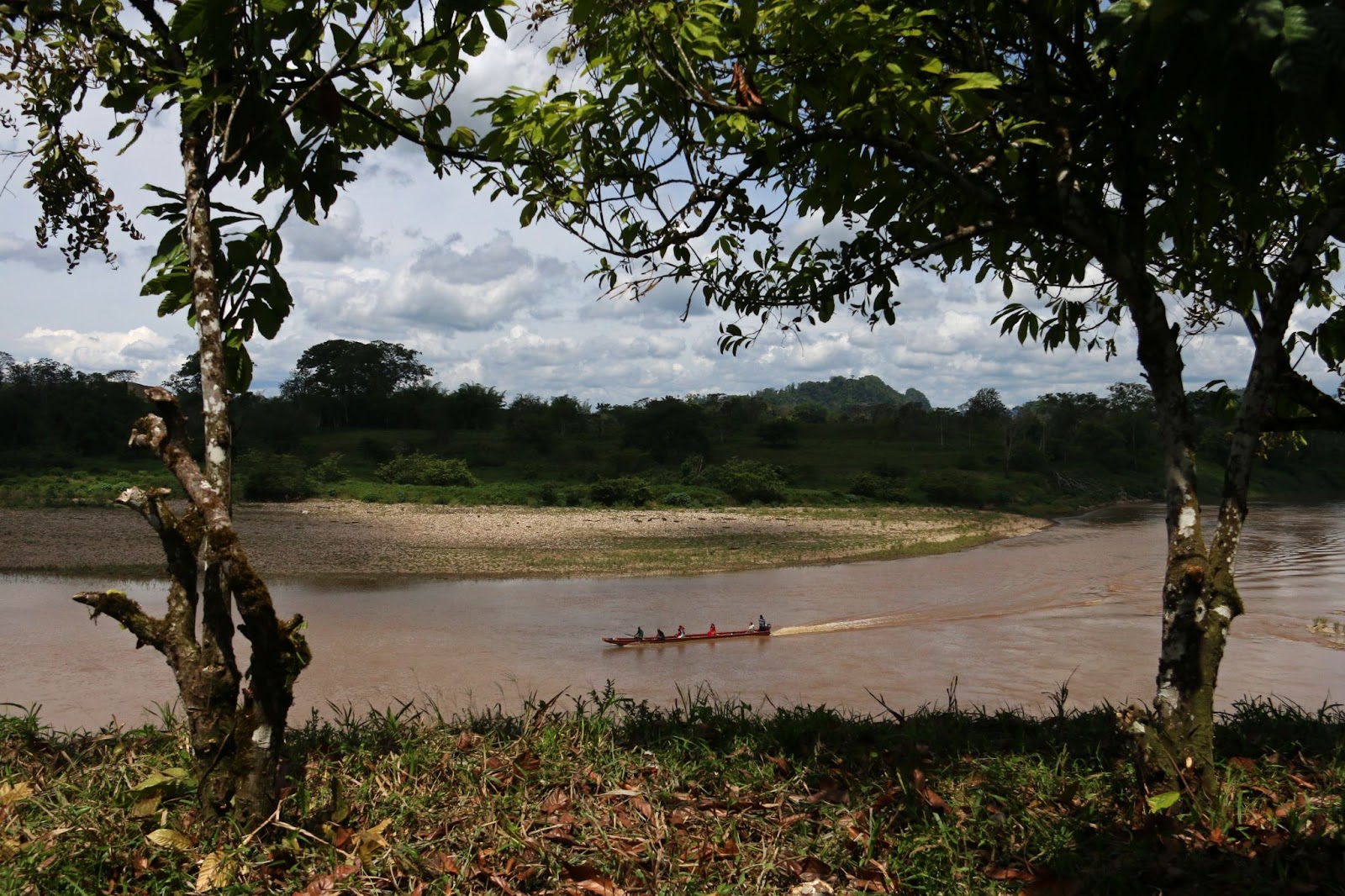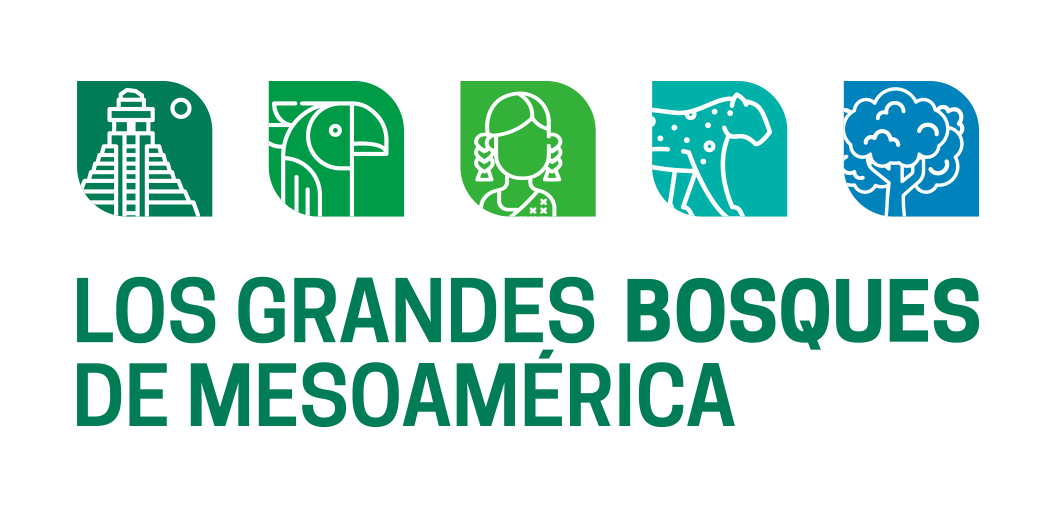"Our land is our heritage, and just as our ancestors have always preserved the land, we, the youth, must follow in their footsteps to ensure our future." This is the message shared by the young Alonso Joseph, the Secretary of the Regional Government of Indigenous Territories in Alto Wangky and Bocay, located in the Nicaraguan Moskitia. Across this region flows the Coco River or Wangki Awala (in the Miskito language), which is the longest river in Central America. With a length of 700 kilometers, it makes up most of the border between Honduras and Nicaragua.
For Alonso and his family, their connection to the Wangki Awala River is deeply rooted in their ancestry. He grew up in the community of Walakitang, situated in the heart of Indigenous territories. For several years, he has spent most of his days traveling by boat among the 35 communities that make up his territories. He collaborates in coordinating environmental projects that Indigenous Governments implement alongside partner organizations and community members.
One of the projects that Alonso is passionately involved in falls under the framework of the 5 Great Forests of Mesoamerica. He is supporting cacao producers in his communities to enhance their knowledge, practices, and attitudes regarding cacao cultivation and management, incorporating agroforestry systems. This passion was passed down to him by his father, Joseph, who tends to 4 hectares of cacao on his property. Joseph comments, "Just as some people have a passion for coffee, we have a passion for cacao." This statement encapsulates the sentiments of Indigenous communities regarding cacao, which they see as an economic opportunity and, above all, a part of their identity.
 Photo: Alonso Joseph, one of the young Indigenous leaders, and current secretary of the Indigenous Territorial Government (GTI) of Alto Wangky y Bocay.
Photo: Alonso Joseph, one of the young Indigenous leaders, and current secretary of the Indigenous Territorial Government (GTI) of Alto Wangky y Bocay. Photo: Joseph at his cacao farm known as "Hear Almuk"(Old house).
Photo: Joseph at his cacao farm known as "Hear Almuk"(Old house).
One of the cacao production initiatives enthusiastically promoted by the young Alonso Joseph is conducted at the "God's Blessing" nursery, where Don Rufino Fernández, another Indigenous guardian of cacao culture, along with 20 other producers, has cultivated thousands of plants. These plants have been distributed among 184 beneficiaries under the Great Forests of Mesoamerica initiative. According to Don Rufino, "Cacao is our currency," emphasizing that cacao requires specific care and that he possesses extensive knowledge of this plant. He shares this knowledge with other producers in Indigenous communities.

 Photo: Rufino Fernandez proudly displaying cacao produced in his community, Wayawas.
Photo: Rufino Fernandez proudly displaying cacao produced in his community, Wayawas.
With this support, the young Alonso Joseph has successfully motivated Indigenous producers to commit to conserving natural and secondary forests while abandoning degraded areas. They initiate passive restoration and natural regeneration processes, especially in sites previously invaded by illegal cattle ranching.
As a young individual, Alonso Joseph recognizes the significance of utilizing technological tools, including mobile devices. Therefore, he actively supports their use, including the SMART application, to enhance the management of areas within his Indigenous territories. He primarily targets other young people like himself, with the backing of the Wildlife Conservation Society (WCS). Presently, SMART technology is employed by various park ranger groups in Belize, Guatemala, Honduras, and Nicaragua, with the support of WCS. Additionally, it is used in Mexico, Costa Rica, and Panama, where WCS collaborates on projects with other partners.
In Nicaragua, the production of cacao seedlings in nurseries located in Indigenous communities resulted in 14,000 units for field planting. These seedlings were delivered to 184 beneficiaries and will directly impact 214 hectares of cacao production systems spread across 30 communities. Unfortunately, during the rainy season of 2022, 6,000 plants were destroyed due to flooding, primarily caused by Hurricane Julia, which entered the Nicaraguan Moskitia as a category 5 hurricane. However, a swift recovery of the plots and crops is anticipated through collaboration with the Territorial Indigenous Governments of Alto Wangky and Bocay.
The 5 Great Forests of Mesoamerica initiative involves the active participation of young leaders like Alonso. They, much like him, are conscious of the significance of their engagement in defending and protecting their territory.

Photos and texts by Claudia Novelo Alpuche. Camera trap photographs by WCS and allies. Maps by Marco Martínez. The opinions expressed in this information product are the responsibility of its author(s), and the GCF cannot be held responsible for any use made of the information contained therein.